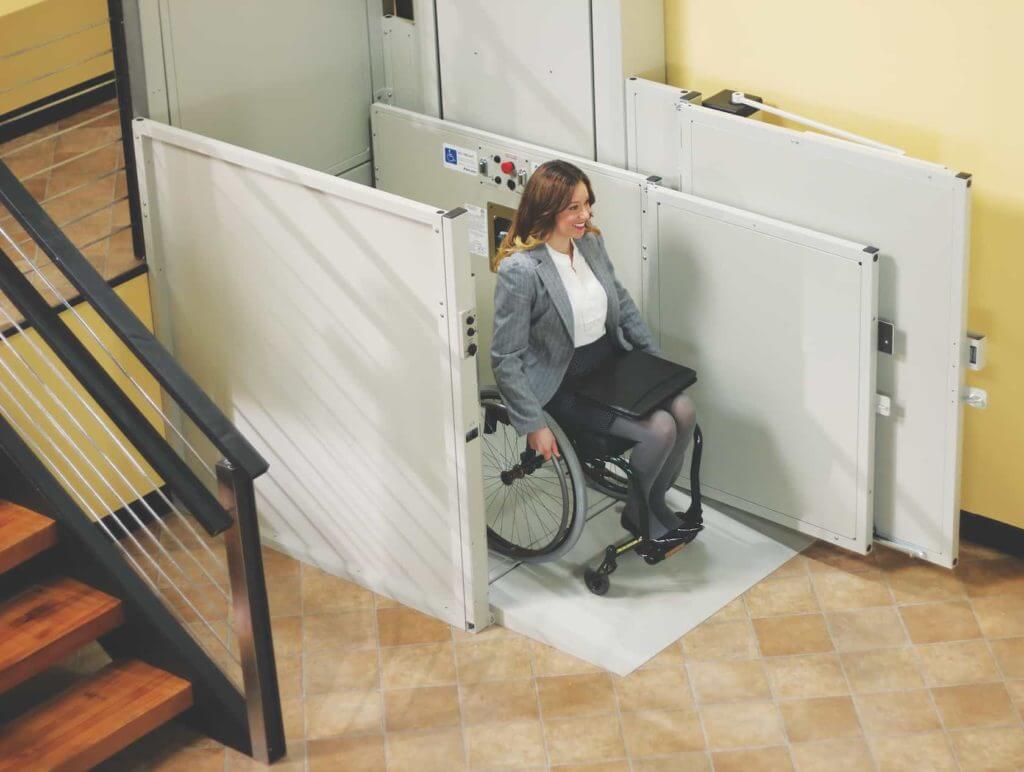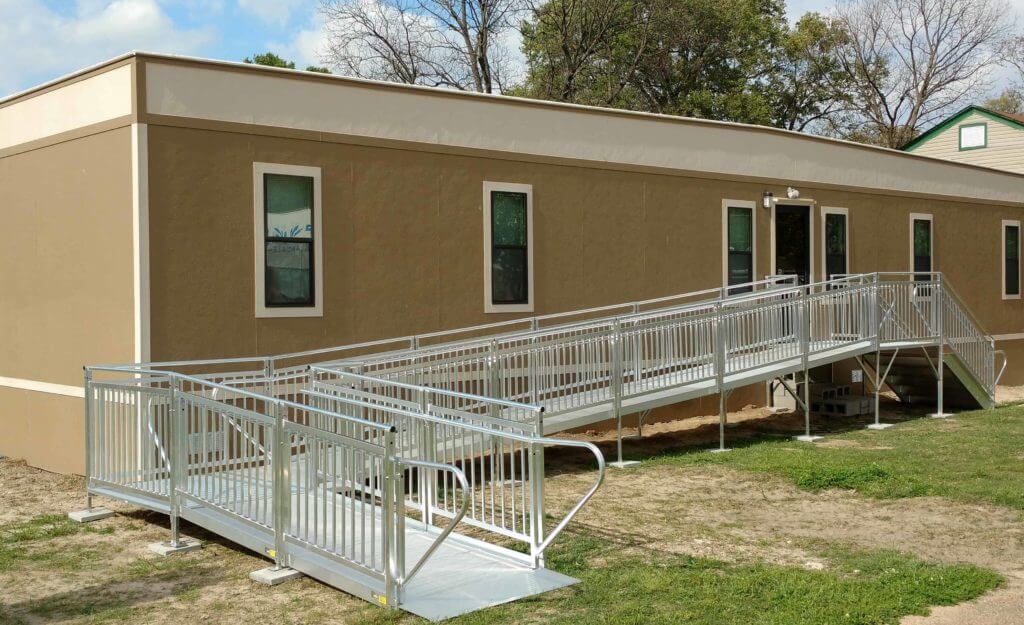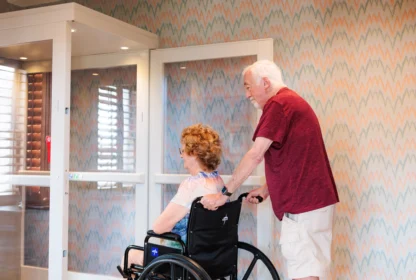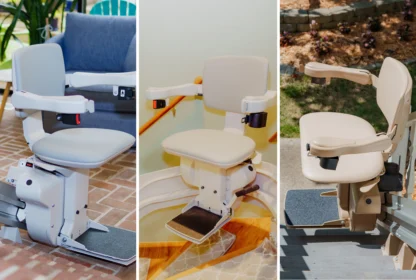
Perhaps you’ve been asked if your business is ADA compliant. Maybe you’ve even received a complaint that it is not. But what does ADA compliance mean, and what does it look like? Here is a step-by-step guide for making sure your place of business is up to code.
First things first, what is the ADA? The American Disabilities Act (ADA) was signed into law in 1990 to protect people with disabilities against discrimination in employment, public accommodations, transportation, and beyond. The law put in place certain codes and parameters to meet the needs of people with disabilities in their day-to-day lives. In order to be compliant, businesses must make reasonable ADA workplace accommodations to assist those living with disabilities. If you own, operate, or lease a business that serves the public, then you are obligated under the ADA to either alter or construct a facility that is compliant and accessible to all.
What does an ADA compliant business look like?
There are many ways to design or reconstruct a business site to be ADA compliant. The ADA guidelines and design standards outline several ways to create an accessible environment. Some of those suggestions include:
- Remove architectural barriers—any architectural design that prohibits a disabled person from accessing a business is considered a barrier. This may include steps leading to a business, narrow aisles and parking spots that limit maneuverability for people in wheelchairs, doorknobs that are hard to grip, restrooms that do not offer wheelchair or scooter access, high counters that are above wheelchair height, and fixed tables and seating in dining areas. When prioritizing removing these barriers, focus first on providing access to your building from sidewalks and parking areas, then on constructing wheelchair-accessible bathrooms.
- Create accessible parking—If your business provides parking for its patrons or employees, designated handicapped spots must be provided near the entrance to your building. A handicapped parking spot must be wide enough for a vehicle as well as space on either side (at least eight feet) to allow a person using a wheelchair or scooter to get out of the vehicle. Additionally, there must be a safe route from the parking space to the entrance free of steps or sloped surfaces. Handicapped parking spots must also be clearly marked with signage that won’t be blocked by a parked vehicle.
- Accessible entrance—even a single step in front of your business makes your entrance inaccessible to those in wheelchairs, but luckily there are multiple ways to correct this. Ramps may be placed over steps, though keep it to a safe 1:12 grade at the steepest. If a ramp is not an option, lifts may be installed. If your business has more than one entrance, only one must be ADA compliant.
For more suggestions on designing your ADA compliant space, such as easy-to-grip door handles, widened walkways, and lower service counters, visit ADA.gov.

Know Your Business
When it comes to ADA workplace accommodations, there is no one-size-fits-all solution. Every business is different, and “reasonable accommodations” can mean a variety of things to any enterprise. Certain businesses are exempt from being ADA compliant, depending on the size of the business, the service it provides, its religious affiliation, and more. Be sure to examine the ADA language to determine what’s right for you, particularlyTitle I and Title III.

Select Your Solutions
This information may be daunting, but plenty of solutions exist that will help you make your business ADA compliant without major renovations. The best solutions are simple ones. The biggest determining factor in choosing your solutions will be the existing layout of your building. This will influence which sorts of products will help you most.
If you have steps leading up to your business, consider a ramp to help those in wheelchairs enter your building. If you have indoor staircases, a vertical platform or stair lift may be best.
The most important thing is to weigh your options and speak with an expert before making any changes. That initial meeting will help us get a feel for your space and understand your individual needs.
Once you’ve assessed your space, gathered your options, and decided on your solutions, you can rest assured knowing your place of business is accessible to all.


